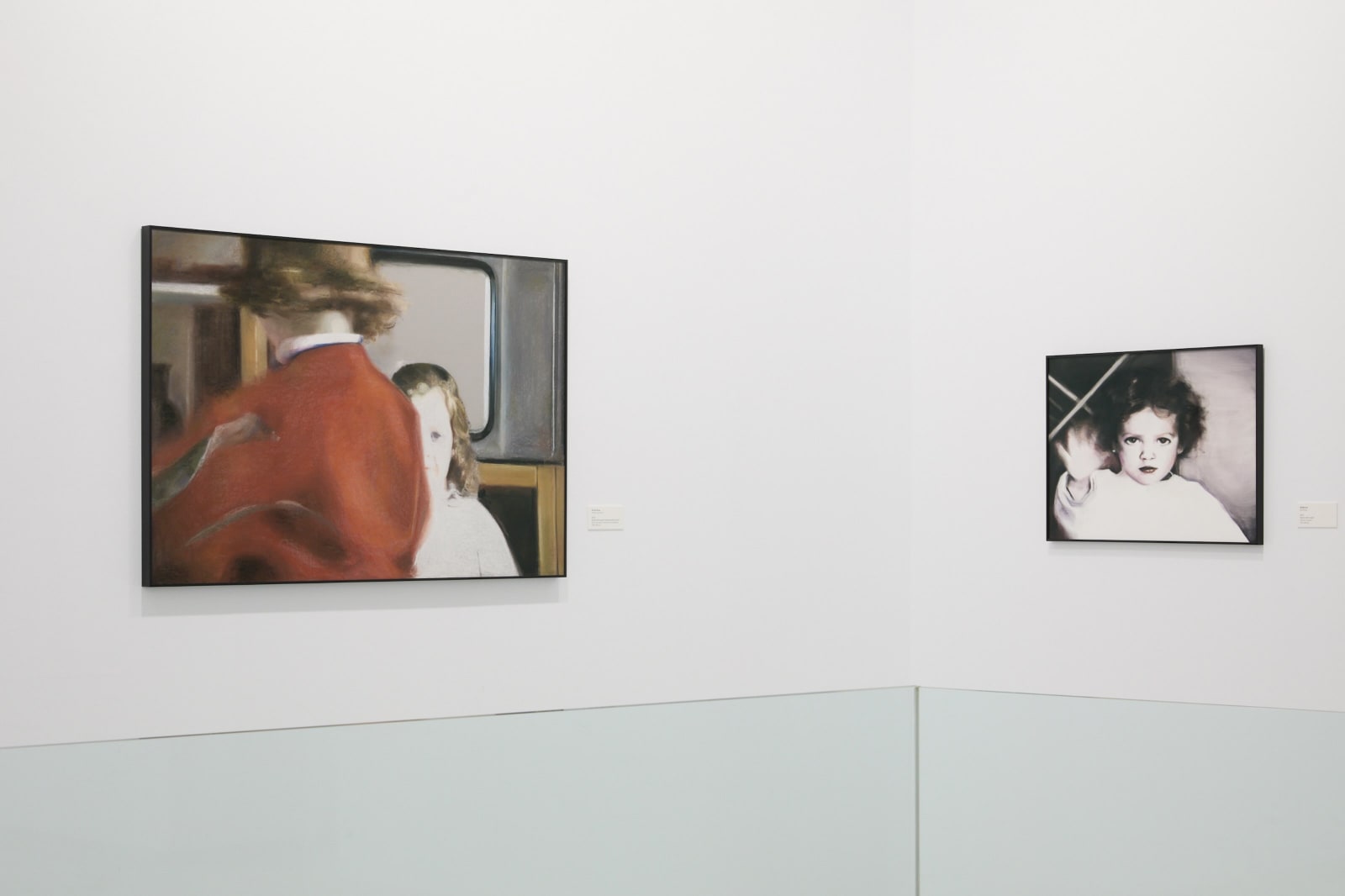La Madraza, le centre d'art de l'université de Grenade, accueille l'exposition de María Dávila, "J'avais appris à me voir par leurs yeux", centrée sur sa récente série de pastels.
Ces œuvres "représentent une approximation visuelle de l'expérience du premier regard comme fondateur de la personnalité". À partir de vidéos de son enfance, María Dávila a cherché à approfondir deux questions clés : "la recherche des figures maternelles et paternelles avec qui nous nous identifions et cet inévitable clivage du souvenir entre la mémoire de ce qui a été vécu et l'image technique qui la remplace". L'exposition est intitulée d'après une citation de Jean-Paul Sartre sur le rôle du regard. Elle fait référence au contexte spécifique de l'enfance, ce moment avant le langage où "le caractère commence à se former sous l'effet des regards de ceux qui composent le noyau familial. Pour cette raison, le fait de partir d'un matériau filmé implique toujours de s'approprier un regard, en l'occurrence celui qui nous filme", d'après l'artiste. Pour elle, "re-visiter et reproduire ces images implique une manière de rendre ce regard, de ressusciter une mémoire à la fois vivante et éteinte".
María Dávila⎜Aprendí a verme a través de sus ojos
La Madraza⎜Grenade
1er décembre 2022 - 19 février 2023





